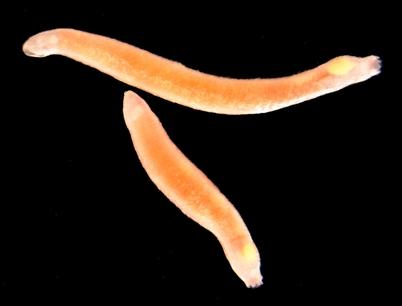New Nature article: Snails and mussels – close relatives
How closely related are molluscs like clams, mussels, and squids, all from our second largest phylum? How did their shell, nervous system, body, and head develop?
Main content
Norwegian researchers are presently, in collaboration with international colleagues, publishing new results in an article in Nature, the international weekly journal of science. This is adding a new group to the tree of life.
After the arthropods, the molluscs are the most species-rich phylum (a major taxonomic division of living organisms that contain one or more classes) which comprises anything from blue mussels and squids to brown slugs. With the help of new genetic methods, a group of international researchers has shown that animal groups as different as snails and mussels are the closest relatives among the molluscs.
The result is that snails and mussels, which are quite different in form and appearance, have now been placed in an entirely new group named Pleistomollusca. The analysis which is based on the hereditary material of 308 different genes produced an extensive material of data which in its turn required new methods for the processing of the results.
UiB Researchers
The Norwegian researchers who participated in the international group are Christiane Todt and Christoffer Schander from the University of Bergen and Bergen Museum. The work was headed by Kevin Kocot at Auburn University (USA), where researchers from the Universities of Florida (USA) and Johannes Gutenberg (Germany) also participated.
Fossil finds show that the molluscs have existed for more than 600 million years on our planet. It is the second largest animal group with well over 90 000 living species. The molluscs are important as a food resource and industrial base for the production of food, shells, and pearls. Some represent ecological challenges like spreading of diseases and introduced species like brown slugs and the like. Because the nervous system of the molluscs is very simple, they have traditionally proven to be invaluable models for, among other things, brain research.
The article in Nature documents the importance of fields of study like taxonomy and systematics where Scandinavian research environments are at the forefront internationally. These are fields of study that traditionally have attracted less attention and resources compared to the more practical, applied research. The article in Nature shows how these results, in the next round, may greatly influence applied research within different areas of study.
Read the article in Nature: Phylogenomics reveals deep molluscan relationships

